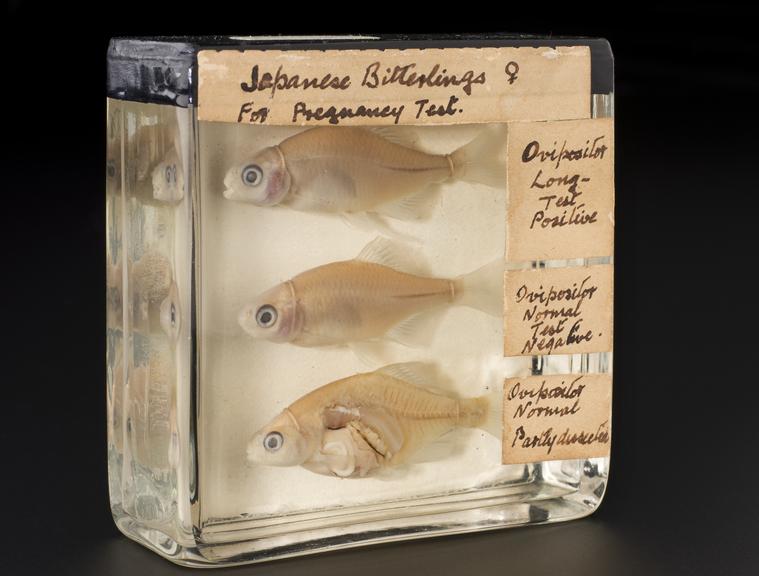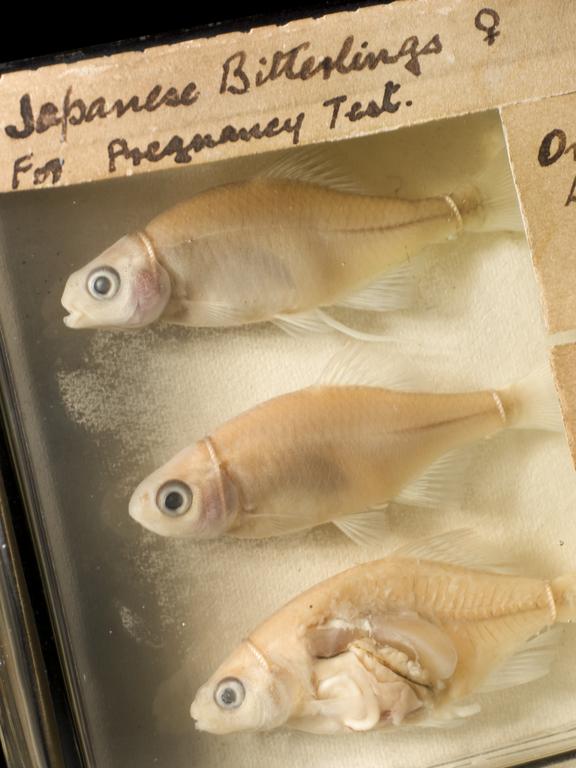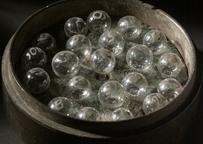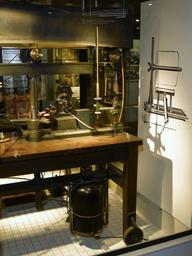















Specimen Jar containing three female Japanese Bitterlings for pregnancy test, showing positive result, negative result and normal fish
Can a fish tell if a woman is pregnant? A lot may be at stake with the answer to such a question. What if they live in a society where pregnancy outside of marriage is frowned upon? Perhaps they are longing to have a child, but have tried for years without success. Throughout much of human history, detecting a pregnancy was a difficult matter. But different medical traditions did develop their own ways to try to determine whether a woman was expecting.
In Ancient Egypt, for instance, doctors advised women to urinate over grains of cereal – if the grains grew it indicated that she was pregnant. And well into the 20th century you would still have to resort to cumbersome methods which would require you to submit a urine sample to a laboratory. These lab tests used animals which react in some visible way to the hormones in a pregnant woman's urine, such as rabbits, frogs, or the bitterling fish.
Females of this species of fish visibly expand their ovipositor – a tube-like organ for laying eggs – when you put a pregnant woman's urine into their water. Once the test was over the fish were returned to fresh water unharmed and could be used over and over again. All this changed when simple home testing kits were developed in the 1970s. Now such a kit can be bought from a pharmacy for a few pounds, taken home, and a positive or negative result obtained within a minutes. Although maybe a few fish could be kept around too, just in case.
Look closer
How do pregnancy tests work?Details
- Category:
- Laboratory Medicine
- Object Number:
- 1994-1009
- Measurements:
-
overall: 85 mm x 85 mm x 35 mm, .41 kg
- type:
- pregnancy test and zoological specimen
- credit:
- Institute of Medical Laboratory Sciences




